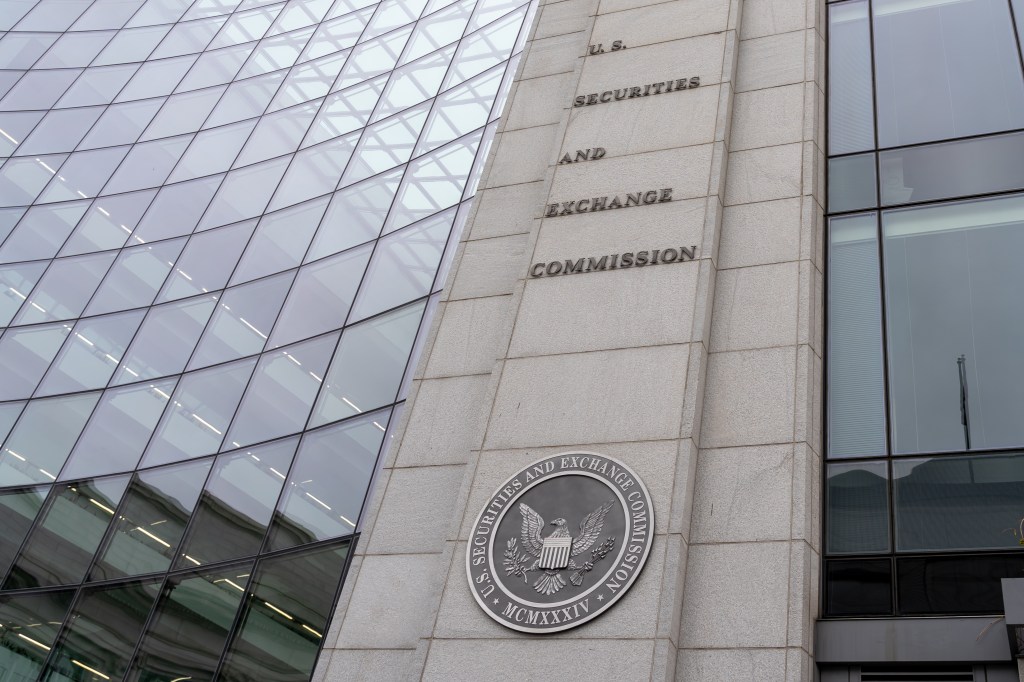A new Risk Alert from the US SEC, issued Wednesday, provides additional information regarding the Examinations Division’s process of selecting which registered advisory firms to examine.
The Risk Alert says the Division may select an adviser to examine because of a firm’s particular risk characteristics (its business activities, conflicts of interest, regulatory history, etc); a tip, complaint, referral, or the staff’s interest in a particular compliance risk area.
For example, the staff may consider:
- prior examination observations and conduct, such as when the staff has observed what it believes to be repetitive deficient practices during more than one review of a firm, significant fee- and expense-related issues, and significant compliance program concerns;
- supervisory concerns, such as disciplinary history of associated individuals or affiliates;
- tips, complaints, or referrals involving the firm;
- business activities of the firm or its personnel that may create conflicts of interest, such as outside business activities and the conflicts associated with advisers dually registered as, or affiliated with, brokers;
- the length of time since the firm’s registration or last examination, such as advisers newly registered with the SEC;
- material changes in a firm’s leadership or other personnel;
- indications that the adviser might be vulnerable to financial or market stresses;
- reporting by news and media that may involve or affect the firm;
- data provided by certain third-party data services;
- the disclosure history of the firm; and
- whether the firm has access to client and investor assets and/or presents certain gatekeeper or service provider compliance risks.
Scope of exams, documents to review
Although the scope of an examination varies, depending on the entity’s risk profile and business model, but typical focus area area compliance policies and procedures, disclosures, and marketing practices, plus a review of the advisers’ operations, disclosures, conflicts of interest, and compliance practices with respect to certain core areas, including but not limited to, custody and safekeeping of client assets, valuation, portfolio management, fees and expenses, and brokerage and best execution.
The documents the Division typically asks to see are outlined in the letter that is sent to the firm notifying it of the upcoming examination and include documents that will help the staff understand the business more, plus a request for information from the company about its compliance risks and how the business is addressing them, and information to facilitate testing with respect to advisory trading activities.
It also often asks firms to supply the staff information, so the Division’s staff can perform testing in various areas themselves.

















